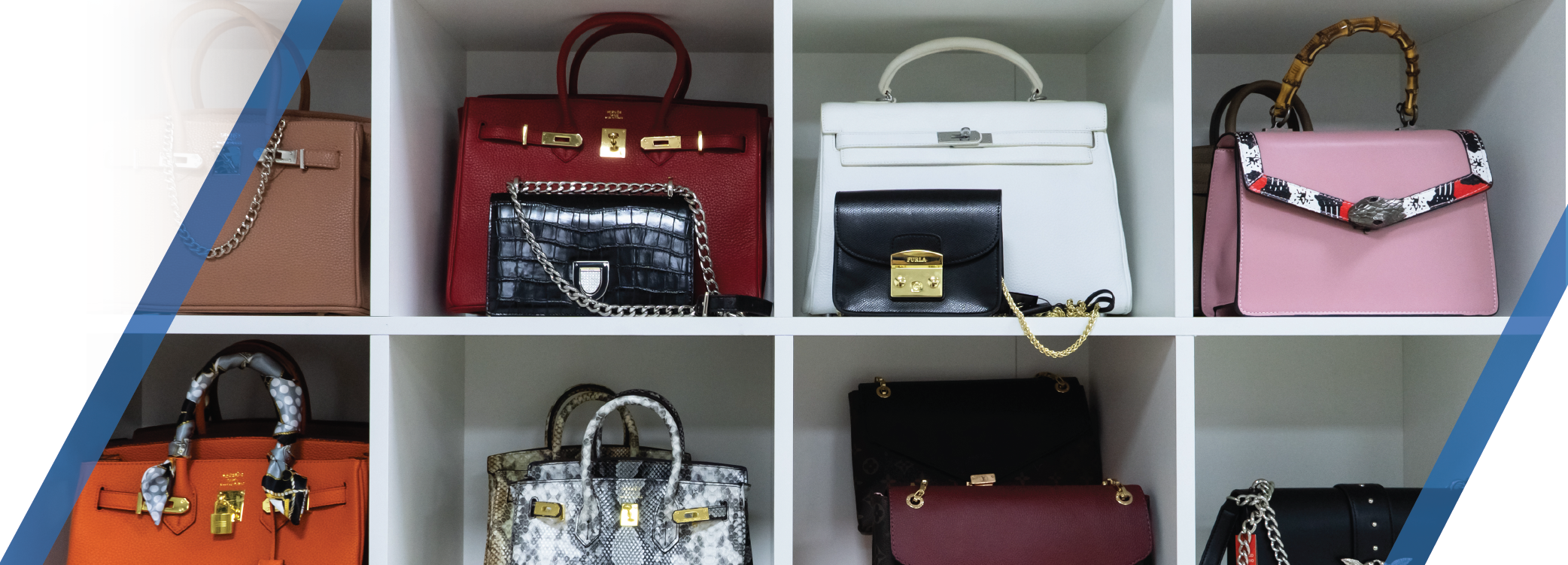Trademark Rights In The Metaverse: Lessons Gleaned From The Hermes MetaBirkin Case
March 31, 2023 – Legal Alerts
Consider this scenario: you worked hard for many years and spent thousands of dollars building your brand. You even took the proper precautions and registered your trademark with the U.S. Trademark Office. Thanks to all that effort, when consumers see or hear your brand’s name, they instantly think of your goods and services. Now, imagine someone starts selling a digital representation of a comparable product using a similar “artistic” name in the metaverse. Also imagine that within a matter of months, that product is raking in millions of dollars for something it took you years to build.
This is exactly what happened to the luxury brand Hermès. Hermès is well-known for their famous handbag, the Birkin bag, which typically sells for thousands of dollars and has become a status symbol for wealth. Hermès, like many brand owners, registered the mark BIRKIN® with the U.S. Trademark Office. However, although Hermès registered the trademark BIRKIN® for handbags, the registration only covered tangible handbags. In other words, the registered trademark did not include downloadable digital representations of the handbags (i.e., software).
With that thought in mind, in November of 2021, an artist named Mason Rothschild created 100 Non-Fungible Tokens (NFTs) dubbed the MetaBirkin. An NFT is a digital representation of a unique asset stored on a digital ledger and is often used to verify ownership of digital or tangible art. Rothschild’s MetaBirkins were a digital representation of a unique, fuzzy Birkin handbag. To promote the sale of these NFTs, Rothschild used a domain name address, www.metabirkin.com, as well as various social media platforms.
By January of 2022, Rothschild made over a million dollars in sales of his NFT MetaBirkins. In response, Hermès filed a lawsuit in the U.S. District Court for the Southern District of New York against Rothschild claiming trademark infringement, dilution, and cybersquatting.
In its argument, Hermès argued “MetaBirkin” essentially means Birkin in the metaverse and trades on the goodwill associated with the Birkin brand. In addition, Hermès argued that many other luxury brands are exploring the digital space, and therefore, it is not unreasonable for consumers to think that there would be an endorsement and/or connection with a luxury brand, like Hermès, in the metaverse.
In response, Rothschild claimed that the First Amendment gave him the right to create and sell artwork that depicts the Birkin bag and that his artwork commented on the original, and therefore, did not trade on the goodwill of the Birkin bag. He further argued that the inclusion of the following disclaimer “We are not affiliated, associated, authorized, endorsed by, or in any way officially connected with HERMÈS, or any of its subsidiaries or its affiliates” on his website, removed the possibility of consumer confusion.
Although other case law suggests that art commenting on the original is fair use, this case raises many questions regarding trademark rights in this new digital landscape. In particular, trademark rights as they relate to NFTs.
In February of 2023, the jury awarded Hermès $133,000 in damages for trademark infringement, dilution, and cybersquatting. This verdict indicates that courts may be willing to find a likelihood of confusion between digital and physical assets.
Since the verdict, Rothschild’s MetaBirkin website is still active and he continues to promote his MetaBirkin NFTs. In March of 2023, one month after the verdict, Hermès filed a motion seeking a Permanent Injunction against Rothschild to block him and any affiliates from promoting and owning the NFT MetaBirkins. Additionally, since this case began, and presumably out of an abundance of caution, Hermès has filed trademark applications for BIRKIN covering digital assets.
At this point, it is only a matter of time before Rothschild’s legal team files an appeal. Given the novelty of this case, one thing is certain; it is far from over.
This case raises many questions for brand owners. For one, should brand owners file for trademarks to cover the digital goods and services of their brand(s)? There is an argument that additional trademark registrations are not needed because the brand naturally extends to these aspects, but many brands are not taking this risk. As the MetaBirkin case suggests, it may be in a brand owner’s best interest to proactively file trademark applications to cover goods and services in this digital arena.
If you or your business think that your tangible brands are at risk, are considering using NFTs or thinking of expanding your brand into this digital landscape, the intellectual property attorneys at Dinsmore & Shohl LLP are here to help.

